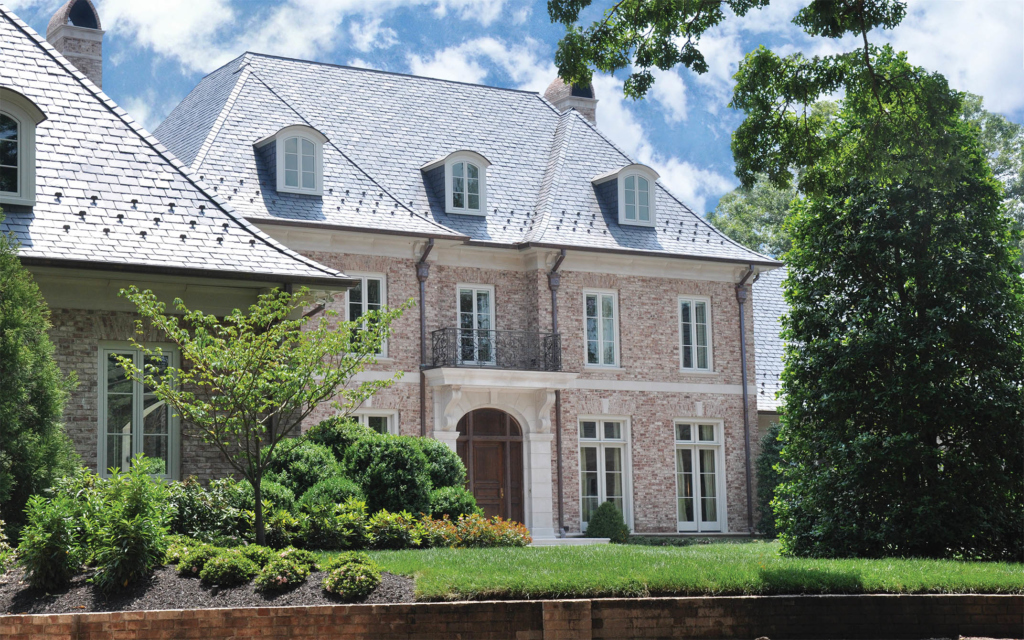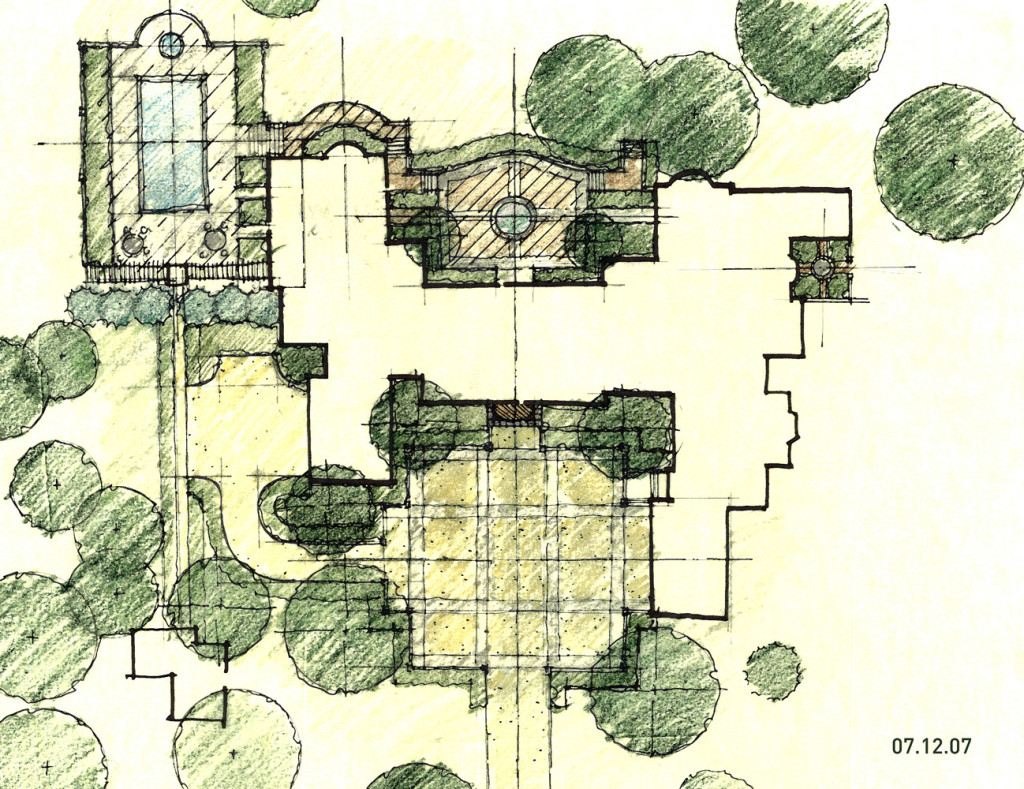
Our goal is to offer possible tools at our disposal, from revisionist architectural history to site-specific, community-based spatial projects to gender-centered design studios. How, then, might we-as educators committed to forms and practices of architecture that are inclusive, progressive, egalitarian, socially and environmentally just, and so on-implement and promote feminist pedagogies? Together, this set of short responses by young as well as established figures in the field, begins to sketch the outlines of an approach to architectural education rooted in feminist politics.


The faction of those who hold the power to design is still, by and large, comprised of a relatively homogenous group of middle-class, white men who dominate not only the profession but also architectural education, even though there is now-in most places-near gender parity among students. Yet, despite growing awareness of the lasting and extensive effects that design decisions have in the world, many people remain inadequately represented (or entirely unrepresented) by the profession, which lacks diversity. Could we mix playgrounds with restaurants, laundry with cafés? Or could we take this spatial challenge even further? Could a method be developed to give a strong motif that collaboration between feminism and architecture generates an important tool for “rethinking the social in architecture”?Īrchitecture is, at its most basic, about imagining desirable futures. Is it possible to create ‘hybrid’ spaces with another type of necessary actives, taking more important roles in everyday life in comparison to cafés, shops etc.? One example is Stepwells in India. Women do not have time to spend in public they are occupied in domestic life. In relationship to that I’m interested in posing the question of how feministic city planning could develop a method not only involving the citizens in social pre-studies, but bringing the process further into the design- and conventional planning phase? There is a need for new types of social places that could change the public sphere, that in many examples are dominated by men – but certainly not are attractive to women. How can we challenge the fundamental male dominance in the building industry (that is, as the architecture profession becomes more gender balanced, the building industry at large is characterised by inertia and nontransparent structures), and what could be the result of a balanced field of practice and production? How is a feminist architecture to develop responsible and caring approaches to transforming/making the world in such a way that it will welcome and host all living beings and all existing, imaginable and still-to-beinvented forms of life? Is a nomadic feminist practice that actually affirms different notions of spatiality and subjectivities possible within architectural practice? There is an urgent need for “rethinking the social in architecture” in late modernistic housing areas.


 0 kommentar(er)
0 kommentar(er)
